
The gay rights movement just found an unexpected champion - Nickelodeon. Yes, that's right, the kids channel we grew up with. In a move that resonates with the progressive attitudes this world so desperately needs in these hate-filled times, a cartoon on Nickelodeon has debuted a gay couple. And, in a double blow to bigotry and discrimination of all kinds, the couple also happens to be bi-racial.
Last week, Nickelodeon's The Loud House, an otherwise innocuous kids cartoon, introduced its viewers to the bi-racial gay couple, Harold and Howard McBride.
Also read - Star Trek turns Sulu gay. Gay actor who played Sulu not pleased
Howard and Harold may not be central characters, but their son Clyde, the protagonist's best friend, certainly is. Still, even if that wasn't the case, Nickelodeon's willingness to introduce LGBT characters is both pioneering as well as much needed.
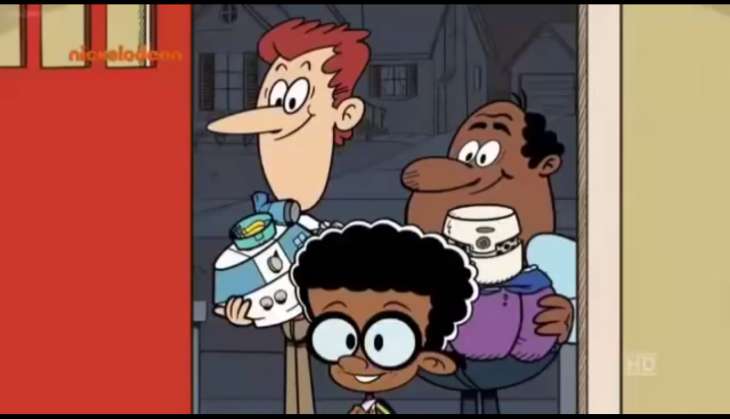
Loud and Proud
It's not that LGBT characters have never been portrayed in cartoons before. It can be argued that, as far back as 1959, Snagglepuss, the pink mountain lion, was a gay portrayal. Him, the most evil villain in the Powerpuff Girls universe, despite his name, is portrayed as gender-fluid. However, neither of these have been publicly acknowledged by the show creators.
Cartoon characters have come out as openly gay on other shows. Smithers did in season 27 of The Simpsons and the sexuality of South Park's Mister Garrison, Mister Slave and Big Gay Al have never really been a secret.
However, with all of these characters, their sexual preference is usually fodder for cheap laughs and ridicule, which in ways is a step back, if anything. Besides, The Simpsons and South Park are targeted at adults more than children.
Also read - The Queens OnScreen artist on feminism, circular art and badass heroines
The Loud House breaks away from all of these precedents. Firstly, the McBrides are openly gay. The show makes no bones about them being a couple. More importantly though, the show doesn't make their sexuality their defining characteristic.
Instead of their sexuality, their overly cautious and caring parenting is what's highlighted. Through this, the show ensures that not only is their relationship normalised, but any humour that stems from them comes from their personalities rather than their sexuality.
But the most important part of all of this is who it's targeted towards - children.
Teach them young
In Brazil, the site of this year's Olympics, one LGBT person is murdered almost everyday. Being gay in most parts of the Middle East could mean a death sentence, as is the case in many African countries. Here in India, it's effectively criminalised thanks to the archaic Section 377. And even in so-called progressive nations, the gay community is often subjected to discrimination and violence.
These regressive attitudes stem from social conditioning. From being repeatedly reminded, ever since we can remember, that any sexuality that deviates from hetero is not normal. That being gay or bi or trans is an aberration. That LGBT people are weaker and even against god and the laws of nature. It's all medieval horseshit, sure, but it's what the vast majority of society is taught from childhood.
Also read - A girl has a name: Game of Thrones is finally getting a dose of feminism
These ideas are only reinforced by media where LGBT (or stereotypically LGBT) characters are usually treated either as comic relief or as strange. Nickelodeon is trying to fight this conditioning by introducing children to LGBT characters who are both 'normal' and likeable.
This isn't Nickelodeon's first portrayal of homosexuality either. In Avatar: The Legend of Korra, Korra, the show's protagonist, is revealed to be bisexual in the final episode. There's even a scene of her kissing her lover. A non-over sexualised kiss at that. It's depicted as completely normal and, when one looks back at all the previous episodes of the show, not very surprising either.
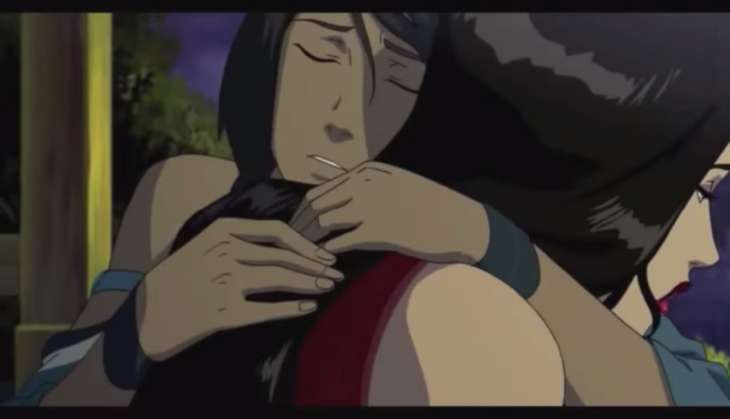
The network also had RuPaul voicing a drag queen on another cartoon, Bubble Guppies. Once again, RuPaul's character doesn't stick out very obviously. Nor is her clothing and gender 'mismatch' mentioned or highlighted.She's as normal as any other character.
The aim is clear, to change the mindset of society to the LGBT community by introducing them to these concepts at a young age, through a medium that's both fun and easy to understand as a cartoon.
Through this, children will hopefully grow up with broader perspectives on sexuality leading them to be more understanding and accepting of the gay community. More importantly, these cartoons may also help children who identify as gay or bi or trans understand that there is nothing wrong with them.
Also read -Gender sensitivity isn't a game - but one videogame is out to teach it
Cartoons may seem trivial, but their mass appeal means that their impact cannot and should not be underestimated. Nickelodeon clearly understands this and it's beautiful that they're using it for social change rather than cheap TRPs.
First published: 27 July 2016, 5:00 IST


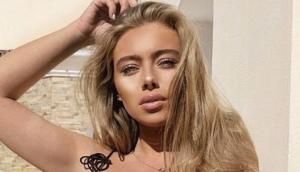
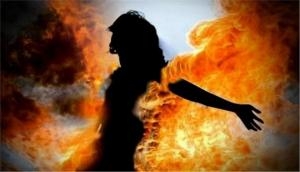
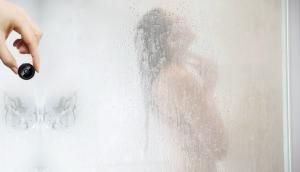
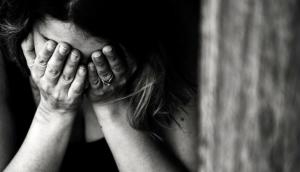

![BJP's Kapil Mishra recreates Shankar Mahadevan’s ‘Breathless’ song to highlight Delhi pollution [WATCH] BJP's Kapil Mishra recreates Shankar Mahadevan’s ‘Breathless’ song to highlight Delhi pollution [WATCH]](https://images.catchnews.com/upload/2022/11/03/kapil-mishra_240884_300x172.png)

![Anupam Kher shares pictures of his toned body on 67th birthday [MUST SEE] Anupam Kher shares pictures of his toned body on 67th birthday [MUST SEE]](https://images.catchnews.com/upload/2022/03/07/Anupam_kher_231145_300x172.jpg)






